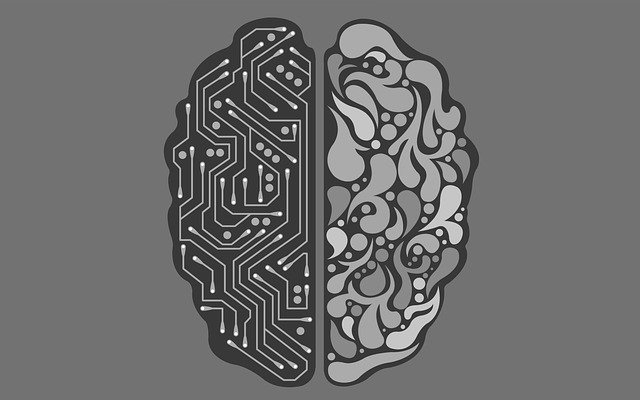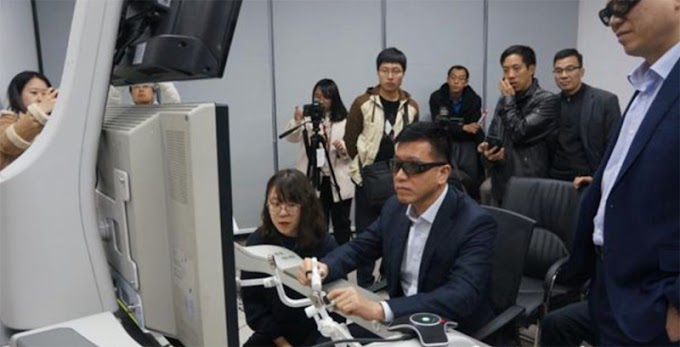Clearly, 4G has
revolutionized the Indian smartphone market. It has transformed people’s life
digitally. With the introduction of 4G networks, video streaming services have
ramped up in India, leading to the development of several online apps for
users. Surely, 4G created an ecosystem for digital content and its creators. It
allowed the user to access data with several hundred Mbps peak speed and
several kbps to a few Mbps average data rate. But due to the advancement of
technology, there is a need for a much more capable network, which not only
allows super higher data rate but also the data access round time (latency)
should be very low. Moreover, the network should be capable of connecting 100x
more users as compared to the 4G network. To address these issues, the
International Telecommunication Union (ITU) set up a standard for developing
the next generation of mobile communication in the year 2015, the standard is
popularly known as IMT-2020. This article brings several points on the 5G
communication which is essential to know.
The rise of 5G:
Here the author is not
intended to bore the reader by starting the historic aspects of cellular
communication. Rather it would be great if we can understand the need for such
a generation change from 1G to 5G in cellular communication.
Till 2G communication,
the primary goal of the cellular technology was to provide voice call service
access to maximum users, thus maximization of voice channel capacity was the
primary goal.
With the rise of 3G, the data services began
to increase. People started using the internet on their cell phones, play
online games, and make video calls.
With 4G, the same activities
ramped up, on top of that live streaming, expansion of cloud-based services to
provide online applications also have increased multiple times.
So far, all the cellular
networking technology primarily focused on a person to person communication.
But people thought what if we can make our daily life objects like
houses, cars, buses, fans, air conditioners, factories, offices, etc. to be able to talk
to each other and be aware of each other, it would help us in many aspects.
Let me explain, if a signal post at the road can talk to the car it can alert the car about any pedestrian crossing the road even if the driver can’t notice the person. In this way, many accidents can be avoided.
Let me explain, if a signal post at the road can talk to the car it can alert the car about any pedestrian crossing the road even if the driver can’t notice the person. In this way, many accidents can be avoided.
Similarly, in an
industrial area with proper sensors and cameras, one intelligent system can
supervise the operation, where the sensors and cameras are connected with the
internet by using a high-speed connection.
There are numerous
examples of such cases where a huge number of the user equipment is connected to
the internet wirelessly. For, this the wireless network should be robust, also
should have enough capacity to serve such an extremely large no of user
equipment.
 |
| By using 5G we will be close to building a smart city |
The 5G is designed in
such a way it can serve us in mainly 3 ways,
first, it is going to
provide eMBB (enhanced Mobile Broadband);
second, it allows mMTC
(massive Machine Type Communications);
third, it should provide
URLLC (Ultra-reliable and Low latency communications)
In 2015 International
Telecommunication Union (ITU) released one road map for developing 5G, which is
popular with the name of IMT-2020. The Third Generation Partnership Project
(3GPP), a community of system designs and industries addresses every roadmap of
ITU. In this case, 3gpp addressed ITU roadmap and came up with a lot of
recommendations in its release-15 (link). That led us to the foundation of 5G. let us
see one by one, what these roadmap and recommendations are?
ITU roadmap for 5G (IMT-2020):
To understand the roadmap
and requirements of 5G we need to take help of the following picture:
 |
| ITU-R roadmap for 5G, IMT-2020, pic courtesy: Recommendation ITU-R M.2083-0 (09/2015) |
Each vertex of the
triangle represents 3 basic types of application namely, eMBB, mMTC, &
URLLC
eMBB: This application
targets the use of broadband internet services for cellular telephony
communication. This means, in 5G communication is going to support high
bandwidth applications like 4K & higher resolution streaming, online
Virtual reality games & movies, remote VR communication, Ultra-high video
transmission during video conferencing, etc. IMT-2020 roadmap says that the
typical user experience would be, ‘>10 Gbps Peak data rates & 100 Mbps
Whenever needed’.
mMTC: In this category 5G
targets the ‘machine type communication’. It includes 3 types of data transfer,
machine to human, human to machine & machine to machine. 5G is going to
implement a very unique concept in which various devices talk to each other via
the Internet. This is something called the Internet of Things IoT(link). IoT is
a fundamental concept to realize the ‘smart city’. In a smart city everything
should be ‘smart’, in other words, should have the awareness of its
surroundings also, every device would be connected to the internet. To do this
we need a very robust wireless network that can have a very high connection
density. 5G roadmap has a vision of 1,000,000 devices per square km which is
very much essential to support IoT & smart city. By implementing 5G we will
be one step closer to a smart city.
URLLC: Among the 3
vertices, this is something new. It says, ‘ultra-reliable low latency
communication’. Let us try to understand each term. ‘Ultra-reliable’ means a
network that can deliver our data from source to the destination with a
probability of 99.999% (link) according to the roadmap. On the other hand, ‘low
latency’ means there will be a very little delay between data transmission
& data reception within the 5G network, IMT-2020 targets for a latency of 1millisecond (link). Typically for 4G the average latency of 40 – 50 millisecond. The
application in this category consists of driverless cars, mission-critical data
transfer, and the most exaggerated application is remote surgery (link).
As you can see in all the
types of applications, voice services have not been considered. Well, there is
a reason behind this, beyond 3G (4G, 5G, 6G, and next to any G), our voice data
is sent in form of ‘voice packets’ instead of making a dedicated path between
speaker & listener. Our data is digitized in 4G (called VoLTE similar to
VoIP) & 5G which means we can easily transmit the ‘voice packets’, so the
voice is not a problem now. All the other application sits in between the 3 vertices
of the triangle, the picture speaks itself.
Conclusion:
In this article, the
typical application of 5G was pointed out, they are in a course grade, enhanced
Mobile Broadband, Massive Machine-Type Communications, & Ultra-reliable and
Low latency communications. We also have seen the 5G is going to realize the
concept of a smart city. In a small note, it was also shown how voice is being
transmitted over 4G & 5G networks. 5G has rolled out in several parts of
the world in 2019. 'How far is 5G in India?' is also well documented in a separate
blog, here (link). A small introduction to the 5G network structure is required
after this, which will be covered in future blogs.









0 Comments
All non-spamy comments will be visible